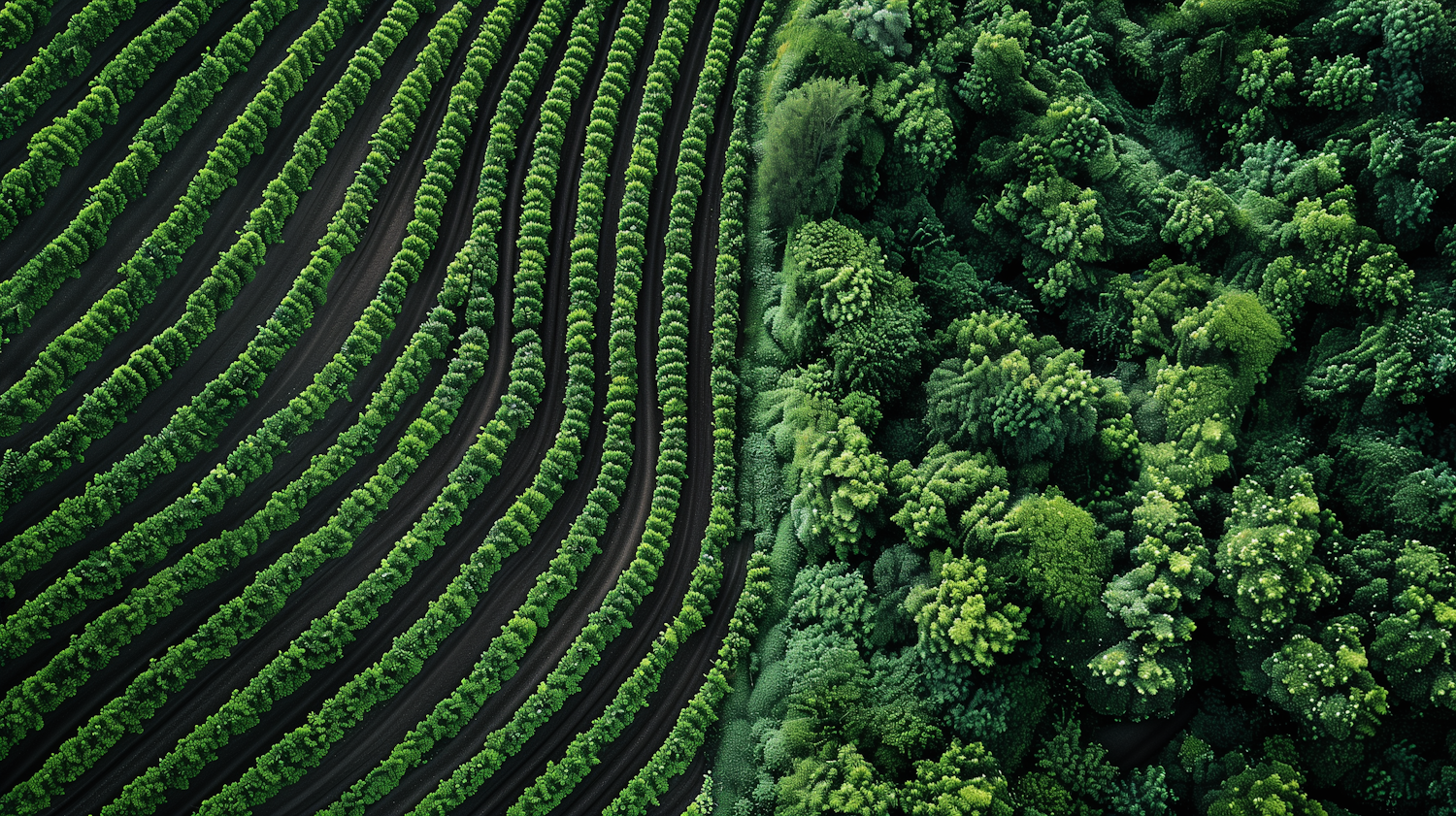
Contrast of Cultivated Land and Natural Vegetation
Aerial view of lush green crops in neat rows beside a dense, vibrant forest, highlighting the contrast between agriculture and nature.
Aerial view of lush green crops in neat rows beside a dense, vibrant forest, highlighting the contrast between agriculture and nature.
1518
Views
760
Downloads
14
Collected